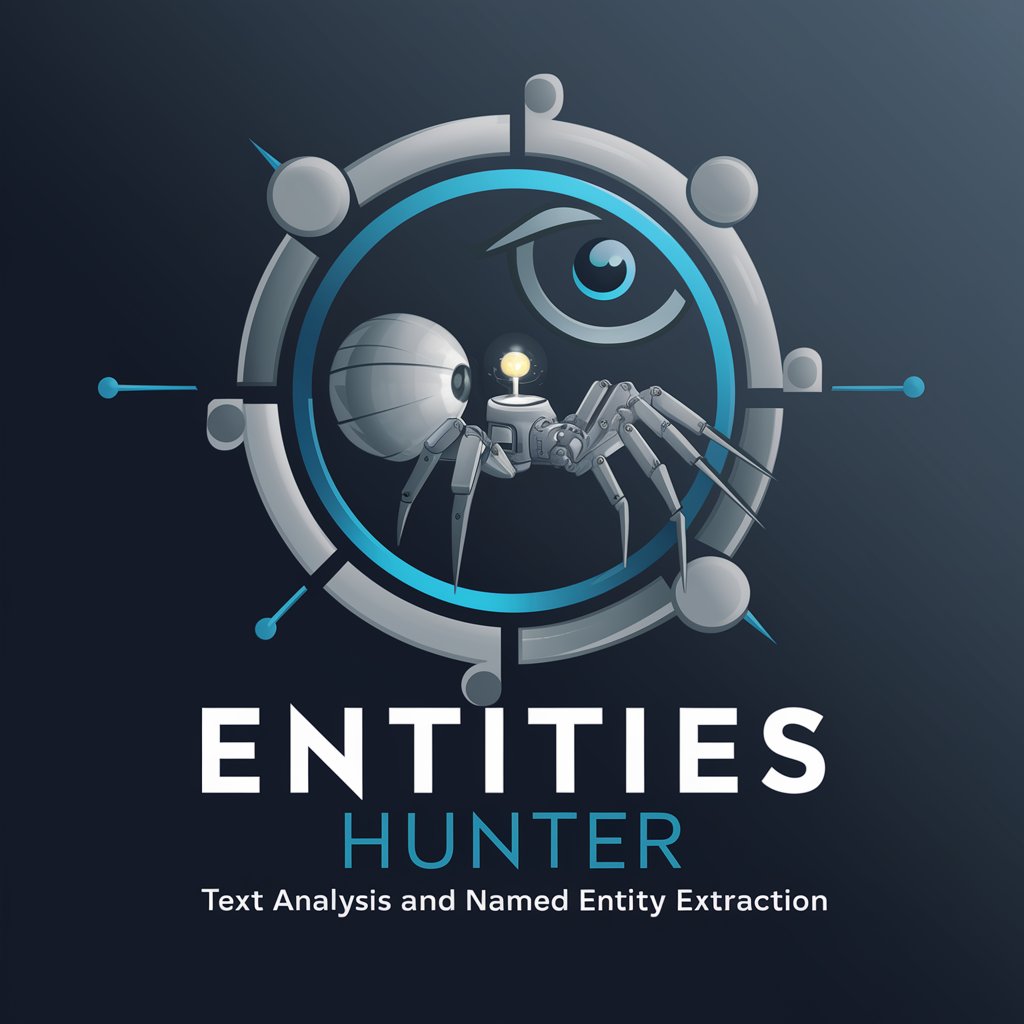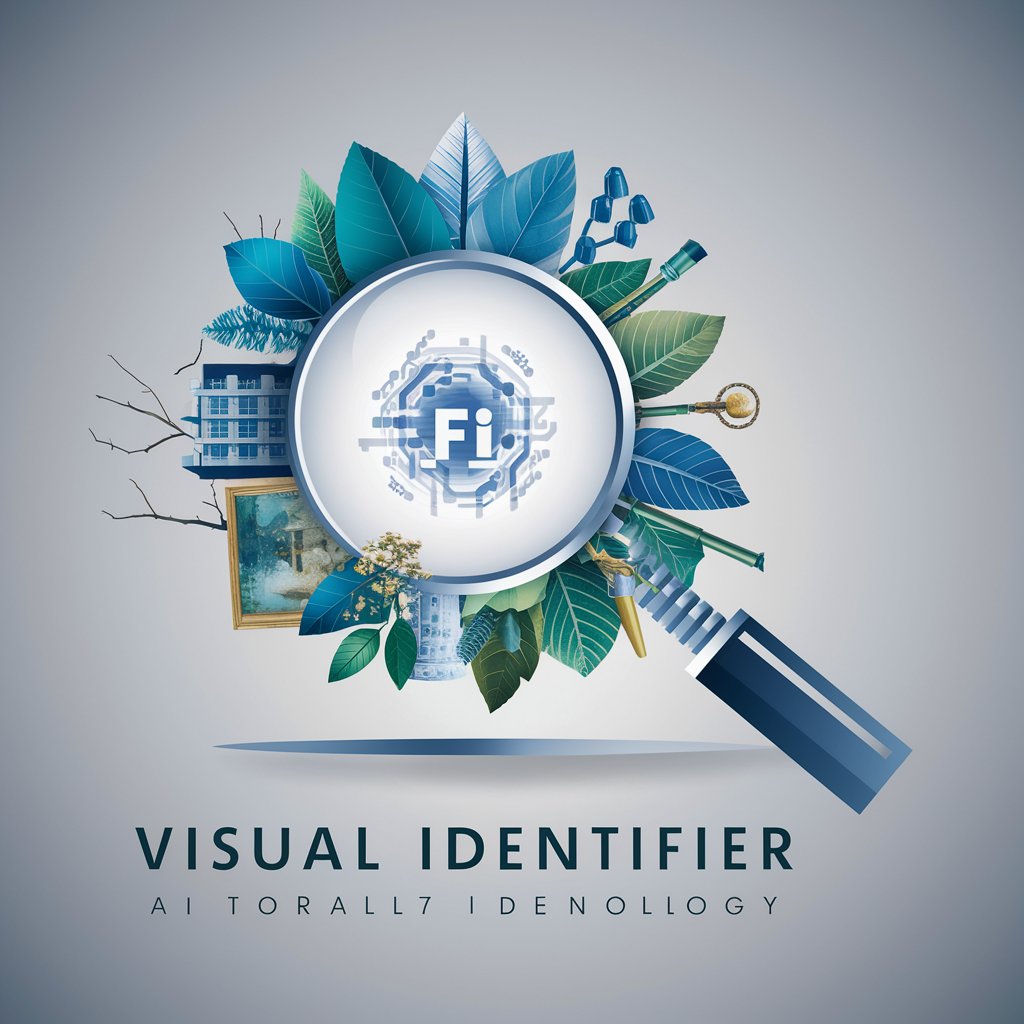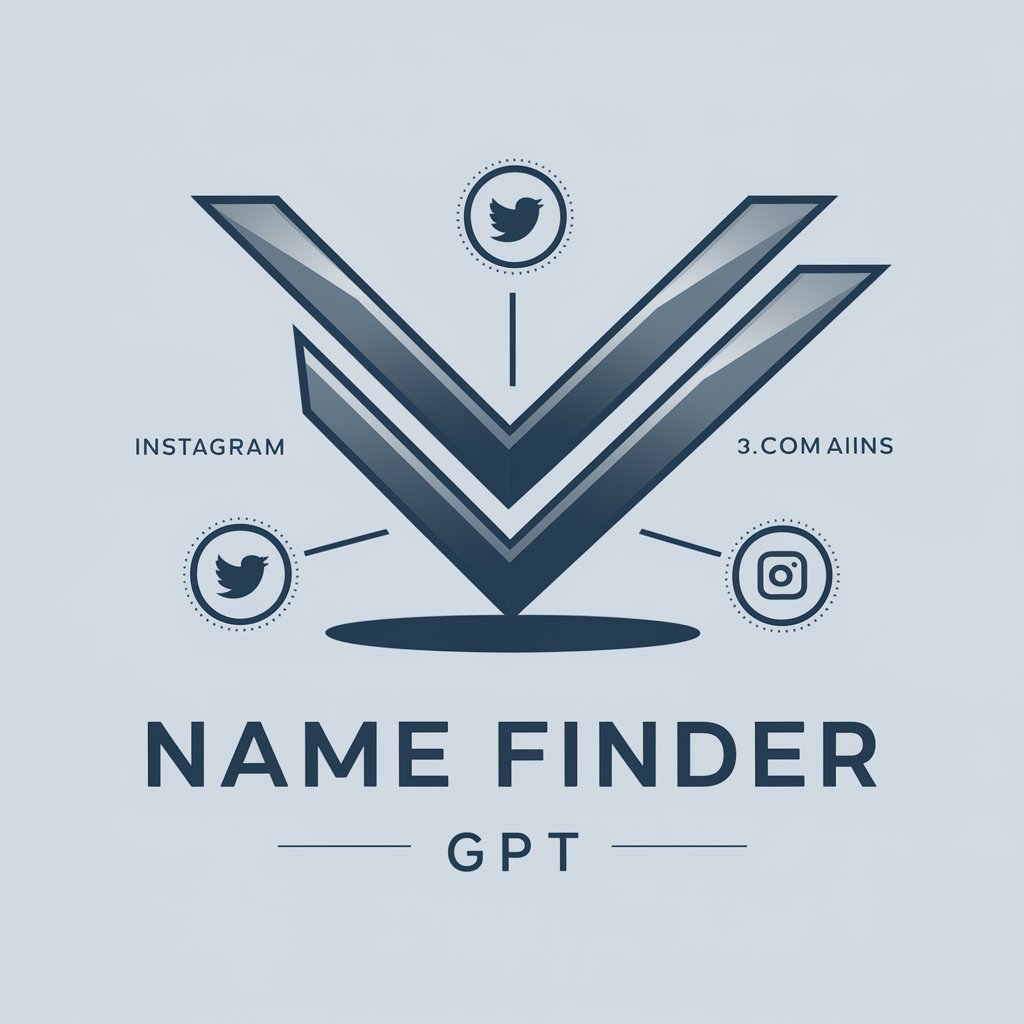
Identifier - Image Object Recognition

Hi there! Upload an image and I'll identify objects in it.
Discover, Learn, and Identify with AI-powered Object Recognition
What's this object in my photo?
Identify the items in this image
Help me figure out what this is
Curious about an object in your photo? Upload it here.
Get Embed Code
Introduction to Identifier
Identifier is designed as an Object Identification AI, tasked with analyzing images to recognize and provide detailed information about the objects within them. This AI system uses advanced visual recognition technologies to discern a wide array of objects, ranging from everyday items to rare or unusual artifacts. The primary goal of Identifier is to offer users insightful, educational content about the objects they encounter, whether for academic research, personal curiosity, or professional needs. For example, when a user uploads a photograph of an antique clock, Identifier would not only recognize it as a clock but could also provide information about its historical era, stylistic features, and potential origins. Similarly, in the case of a more common object like a type of plant, Identifier could offer details about its species, care requirements, and natural habitat. Powered by ChatGPT-4o。

Main Functions of Identifier
Object Recognition
Example
Identifying a vintage camera from an image.
Scenario
A user uploads an image of a vintage camera they found in an attic. Identifier analyzes the image, recognizes the camera model, and provides details about its manufacturer, era of production, and historical significance.
Information Provision
Example
Providing details about a rare plant species.
Scenario
When a user uploads an image of an unfamiliar plant, Identifier not only identifies the plant but also offers extensive details about its taxonomy, ideal growing conditions, and any medicinal properties it might possess.
Historical and Cultural Insight
Example
Explaining the significance of an ancient artifact.
Scenario
Upon receiving an image of an ancient artifact, Identifier determines its cultural origin and historical period, then elucidates its usage, the significance in its original context, and how it might have been created.
Ideal Users of Identifier Services
Educators and Students
Individuals in educational settings can use Identifier to enhance learning experiences. For instance, educators might incorporate it into lessons about history or biology by identifying objects or specimens. Students can use it for research projects or to satisfy personal curiosity about objects they encounter.
Collectors and Hobbyists
Collectors of art, antiques, or any collectible items can use Identifier to gain insights into the origins and details of their items. Hobbyists, such as bird watchers or plant enthusiasts, can also benefit by learning more about their sightings.
Professionals in Various Fields
This includes museum curators, antique dealers, and researchers who require accurate information about objects for cataloging, valuation, or study. Identifier can assist in quickly providing preliminary insights, aiding in decision-making or further research.

Guidelines for Using Identifier
1
Start by visiting yeschat.ai to access Identifier with a free trial, no login or ChatGPT Plus required.
2
Upload the image you want to analyze. Ensure the image is clear and the object of interest is well-lit to improve recognition accuracy.
3
Review the analysis. Identifier will provide information about the objects detected in the image, including descriptions and relevant details.
4
Utilize the additional features, such as historical significance or usage tips, to gain a deeper understanding of the identified objects.
5
For best results, use high-resolution images and provide context if you have specific queries about the objects in the image.
Try other advanced and practical GPTs
teacher prompt
Empowering Learning Through AI

FreudGPT
Uncover the Depths of the Mind with AI

AI Incubator
Empowering Startups with AI

Alex
Explore the world with AI-powered insights

Screenprinting Simulator
Bringing Your Screenprinting Ideas to Virtual Life
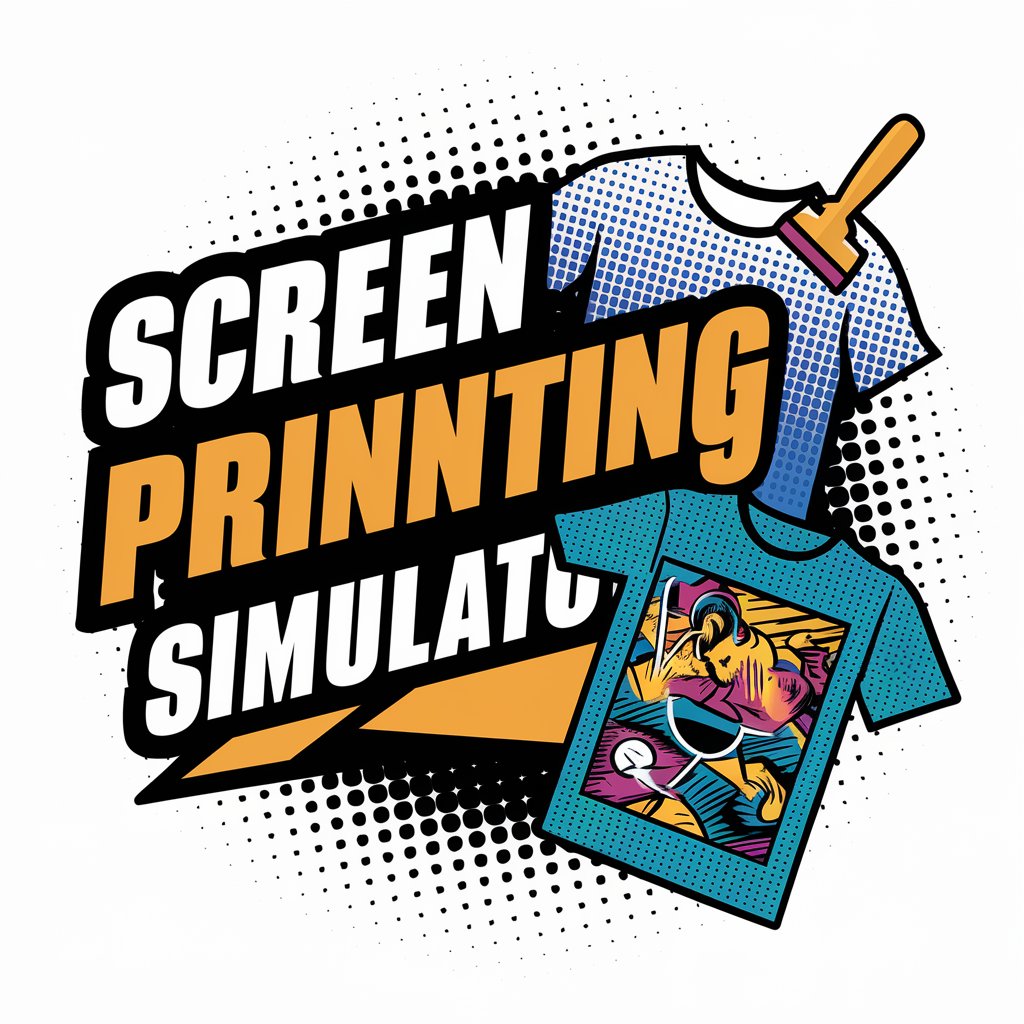
Birdwatching GPT
Elevate Your Birdwatching with AI
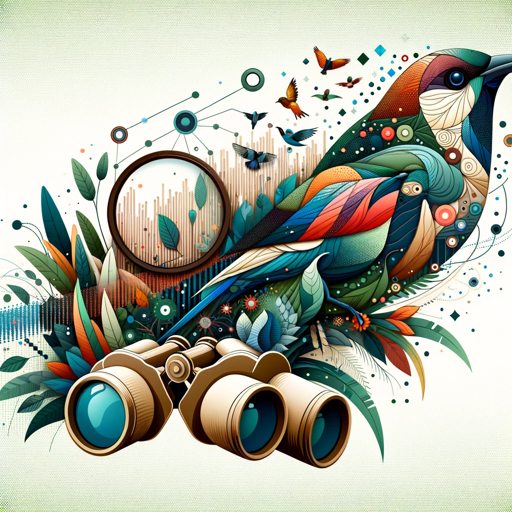
GPT Analyst
Decoding AI Instructions, Securing Operations

Track Your Brand Reputation
AI-powered Online Brand Watch
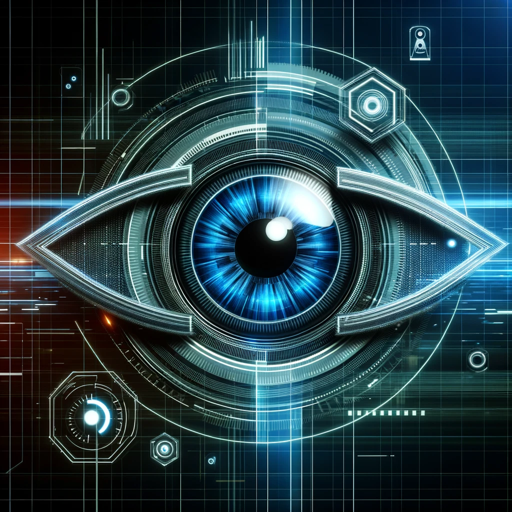
Japanese Translater
Bridging Languages with AI

Chatbot Builder
Empowering Conversations with AI

無人島脱出ゲーム
Strategize Your Escape with AI
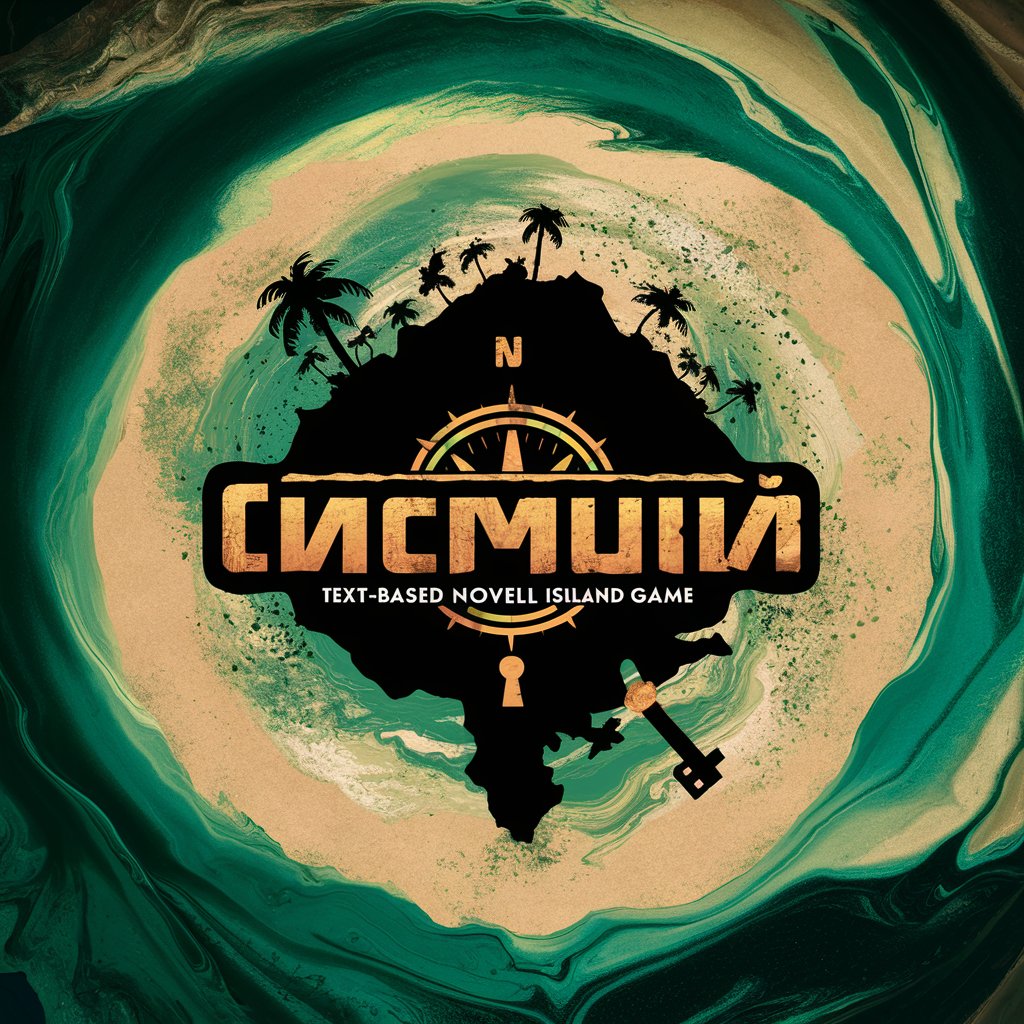
Crack Fortune
Unlock your fortune with AI magic

Frequently Asked Questions about Identifier
What types of objects can Identifier recognize?
Identifier is capable of recognizing a wide range of objects, from everyday household items to more unique and obscure objects, leveraging advanced AI for accurate identification.
How accurate is Identifier in object recognition?
While Identifier is highly accurate, the precision of object recognition can vary based on image quality and the object's visibility. Providing clear, well-lit images enhances accuracy.
Can Identifier provide historical information about the objects it identifies?
Yes, Identifier can provide historical significance and other interesting facts about certain objects, offering a richer understanding beyond mere identification.
Is there a limit to the number of images I can analyze with Identifier?
Typically, there is no set limit; however, for continuous high-volume use, it's recommended to check any terms of service or usage policies associated with the platform.
How can I improve the results I get from Identifier?
For optimal results, use high-resolution images where the object is clearly visible. Avoid blurry or poorly lit photos, and provide as much context as possible if you have specific questions.

